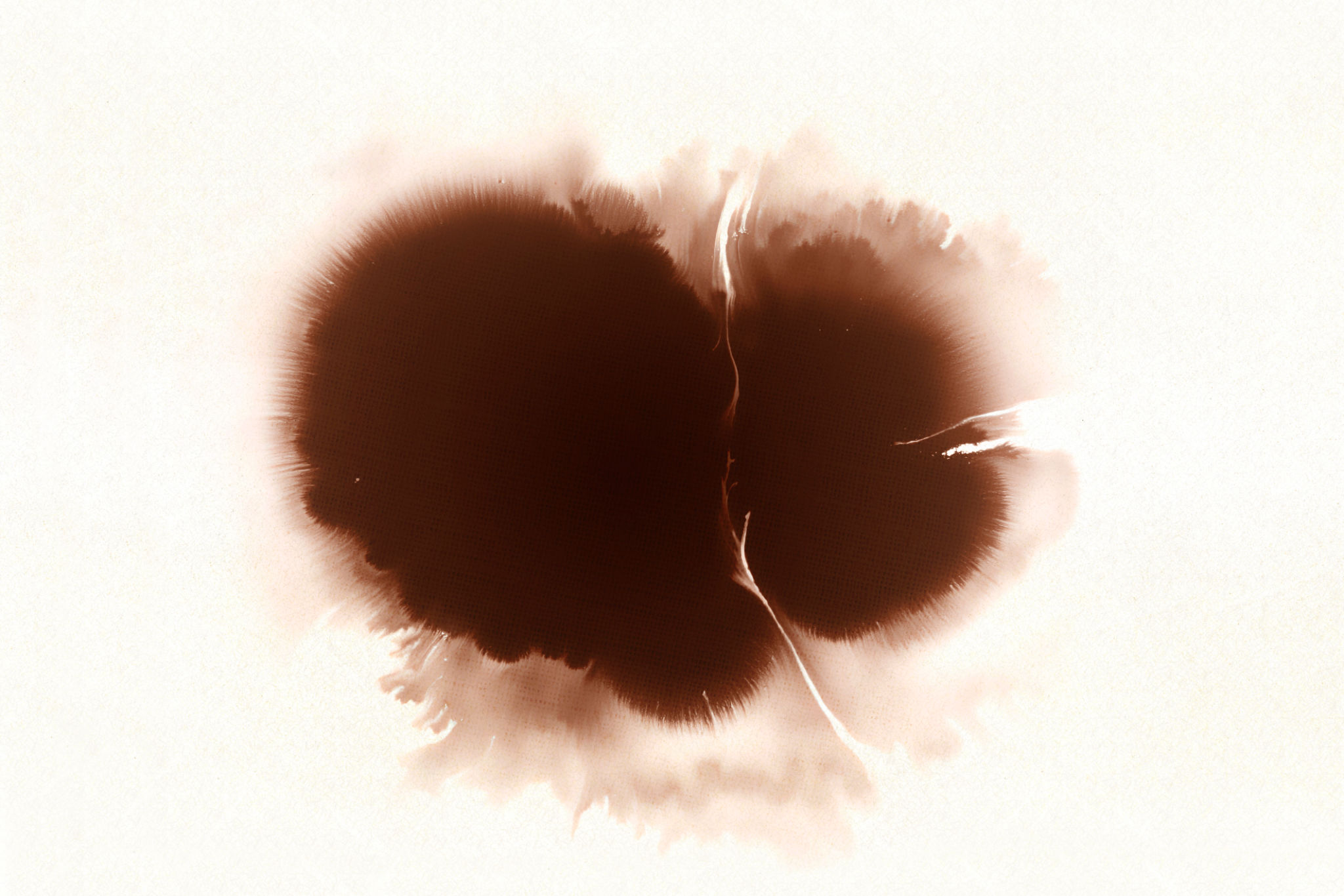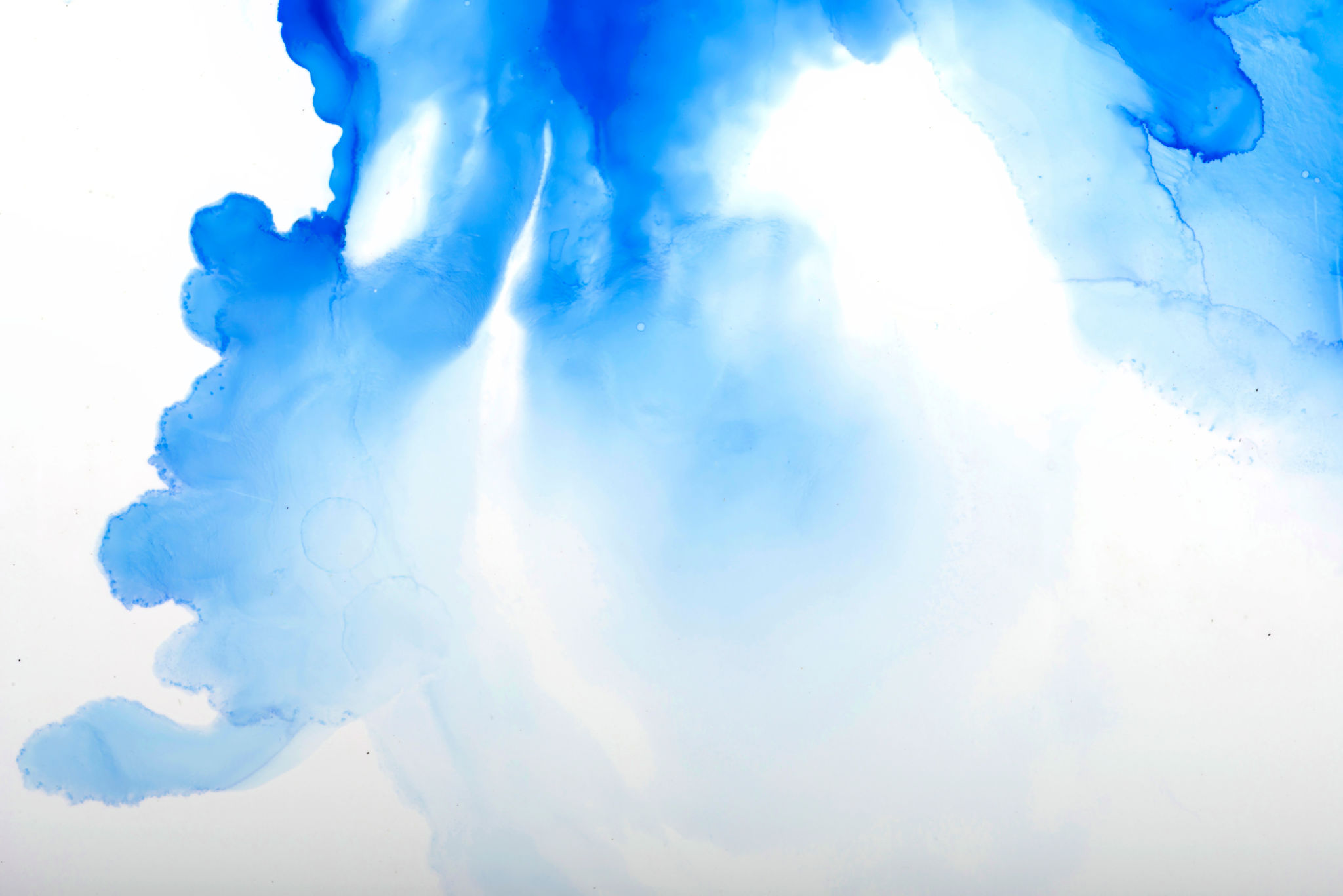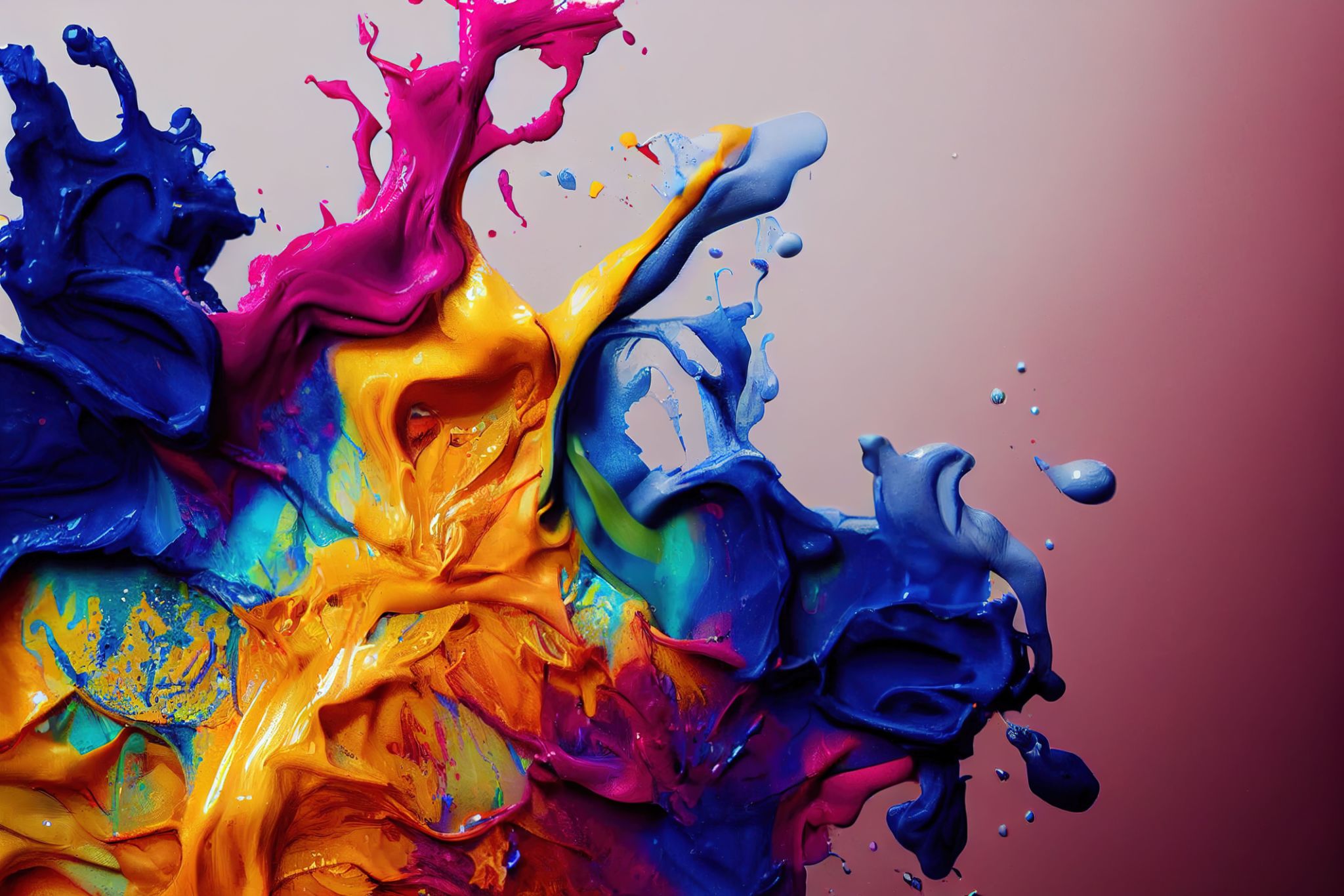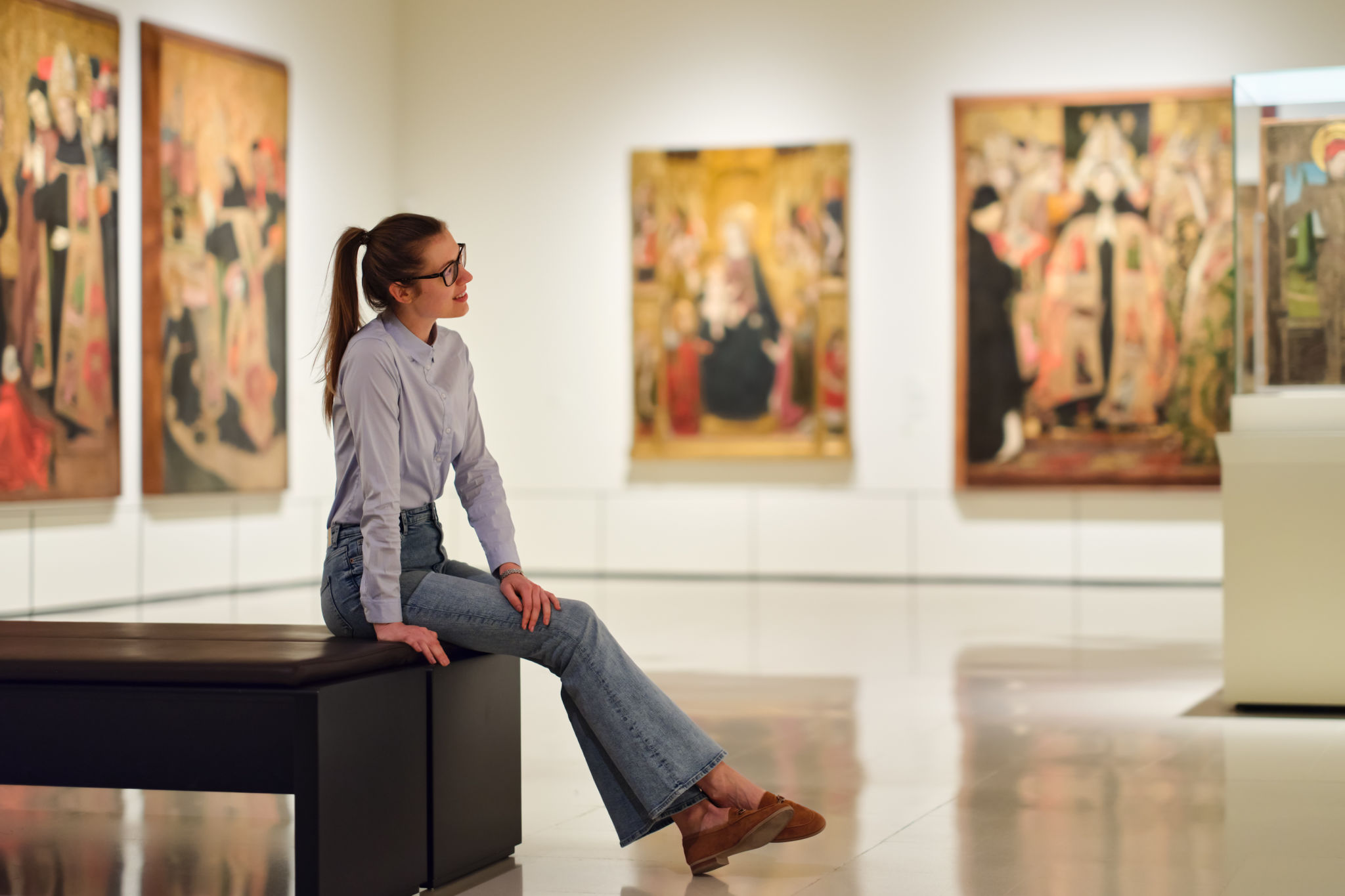Common Misconceptions About Swedish Ink Artists Debunked
Understanding Swedish Ink Art
Swedish ink artists have carved a unique niche in the global art scene. Their work is often characterized by a blend of traditional and contemporary techniques, which can sometimes lead to misconceptions about their art and practices. In this blog post, we aim to debunk some of these common misconceptions and shed light on the true nature of Swedish ink artistry.

Misconception 1: Swedish Ink Art Is Only About Minimalism
A prevalent misconception is that Swedish ink art is synonymous with minimalism. While it is true that many artists embrace minimalist principles, their work is not limited to this style. Swedish ink artists explore a broad spectrum of styles, from intricate designs to bold, expressive strokes. This diversity allows for a rich tapestry of artistic expression that defies simplistic categorization.
Swedish artists often draw inspiration from nature, folklore, and modern life, infusing their work with a depth that goes beyond minimalism. By employing various techniques, they create pieces that are both visually striking and emotionally resonant.
Misconception 2: All Swedish Ink Artists Use Traditional Techniques
Another common belief is that Swedish ink artists are confined to traditional methods. In reality, many artists are innovators who blend traditional techniques with modern tools and materials. This fusion allows them to push boundaries and create unique artworks that resonate with contemporary audiences.

For example, some artists incorporate digital technology into their process, using software to enhance their designs before transferring them to paper or canvas. This approach not only broadens the scope of their creativity but also challenges the notion that Swedish ink art is solely rooted in tradition.
Misconception 3: Ink Art Is Limited to Black and White
While black and white are classic elements of ink art, Swedish artists are not restricted to these colors. Many incorporate vibrant hues into their work, adding layers of complexity and emotion to their pieces. This use of color can transform simple ink drawings into dynamic works of art that capture the viewer's imagination.
The decision to use color often depends on the artist's intent and the message they wish to convey. By experimenting with color, Swedish ink artists can explore new dimensions of expression, challenging the stereotype that ink art is monochromatic.

Misconception 4: Swedish Ink Art Lacks Cultural Influences
Some people mistakenly believe that Swedish ink art is devoid of cultural influences. In truth, these artists often draw from a rich tapestry of cultural heritage. Elements of Norse mythology, traditional Swedish patterns, and contemporary Scandinavian design frequently find their way into their work.
These cultural influences enrich the art form, providing context and meaning that resonate deeply with both local and international audiences. By integrating cultural themes, Swedish ink artists create pieces that not only reflect their personal vision but also celebrate shared history and identity.
The Growing Appreciation for Swedish Ink Art
As more people become aware of the diverse nature of Swedish ink art, appreciation for this art form continues to grow. Collectors and enthusiasts around the world are drawn to the unique blend of tradition and innovation that defines this genre.

By debunking these misconceptions, we hope to encourage a deeper understanding and appreciation for the work of Swedish ink artists. Their creativity and skill contribute significantly to the global art community, offering fresh perspectives and inspiring new generations of artists.